You are cordially invited to a BUDI research seminar which is open to all students and staff.
Please feel free to bring your lunch.
“Eating and Drinking Well: Supporting People Living with Dementia”
By Dr Jane Murphy and Joanne Holmes
Tuesday 14 June 2016
13.00 – 13.50pm
EB203, Executive Business Centre
Dr Jane Murphy with co-investigator Joanne Holmes will present their findings from research, funded by The Burdett Trust for Nursing to understand how to improve nutrition for people living with dementia in care homes. Ensuring appropriate food and nutrition is a vital part in delivering dignity in care for people with dementia. Eating and drinking becomes increasingly difficult as a result of the disease that puts people at increased risk of severe malnutrition (under nutrition) and weight loss. Worryingly there have been no standardised ways to maintain adequate nutrition in people with dementia as the challenges of meeting appropriate nutrition and hydration continue to be reported.
Using a blend of qualitative and quantitative research methods, the research has:
- Identified best practice for delivering excellence in nutrition and dignity in dementia care. Working with local care-homes, it has gathered information on nutrition-related care from everyone involved in the care of the person with dementia.
- Established high quality education and learning. The research has informed the development of a high quality learning to equip front-line nurses and care home staff with the skills needed to improve the delivery of nutrition for people living with dementia in the community achieved through evidence-based learning in nutrition and empowered leadership.
Working in partnership with stakeholders, including care homes, charities, informal carers, Partners in Care and the Borough of Poole Council the work has provided new insights into the issue, as well as excellent examples of best practice.
After the initial research was carried out, the team worked together with local partners to create training film and workbook, which have formed the central part of the dissemination process.
The toolkits have been widely disseminated via conferences, events, the project website, blogs and through their partner organisations, which is leading to their ideas being implemented in care homes across the country. The application and impact of the resources are currently been evaluated and how they influence training programmes across the country, as well as on local and national policy.
We hope you can join us.
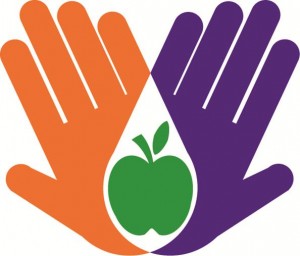




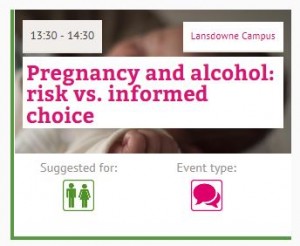
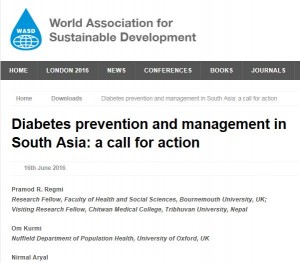
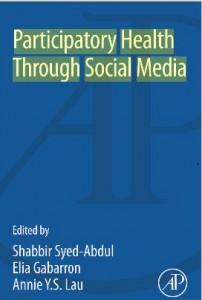

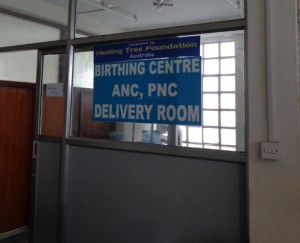

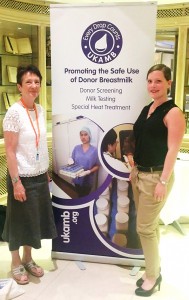
 and this great, informative day! If you would like to find out more about human milk banking in the UK or want to become a milk donor visit UKAMB’s website at
and this great, informative day! If you would like to find out more about human milk banking in the UK or want to become a milk donor visit UKAMB’s website at 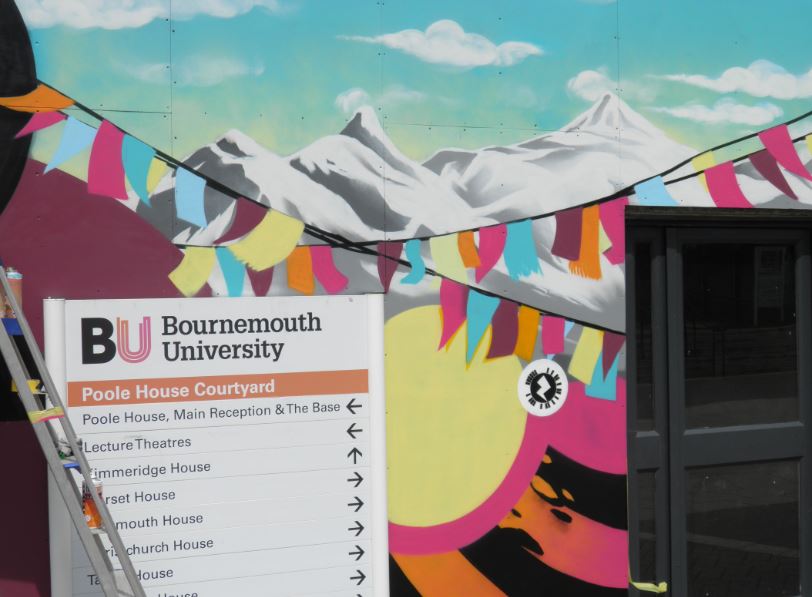

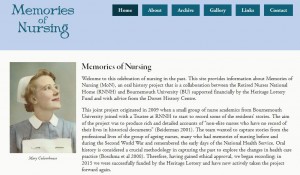

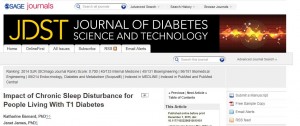
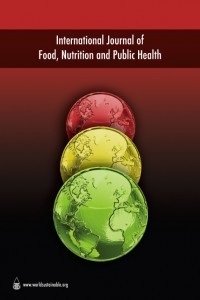

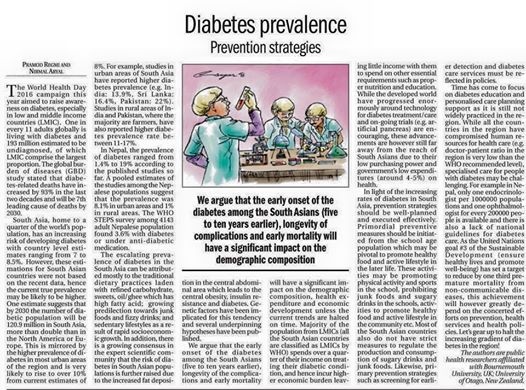
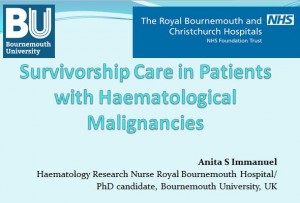
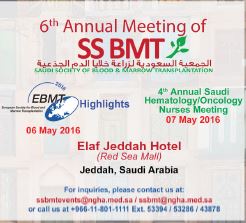
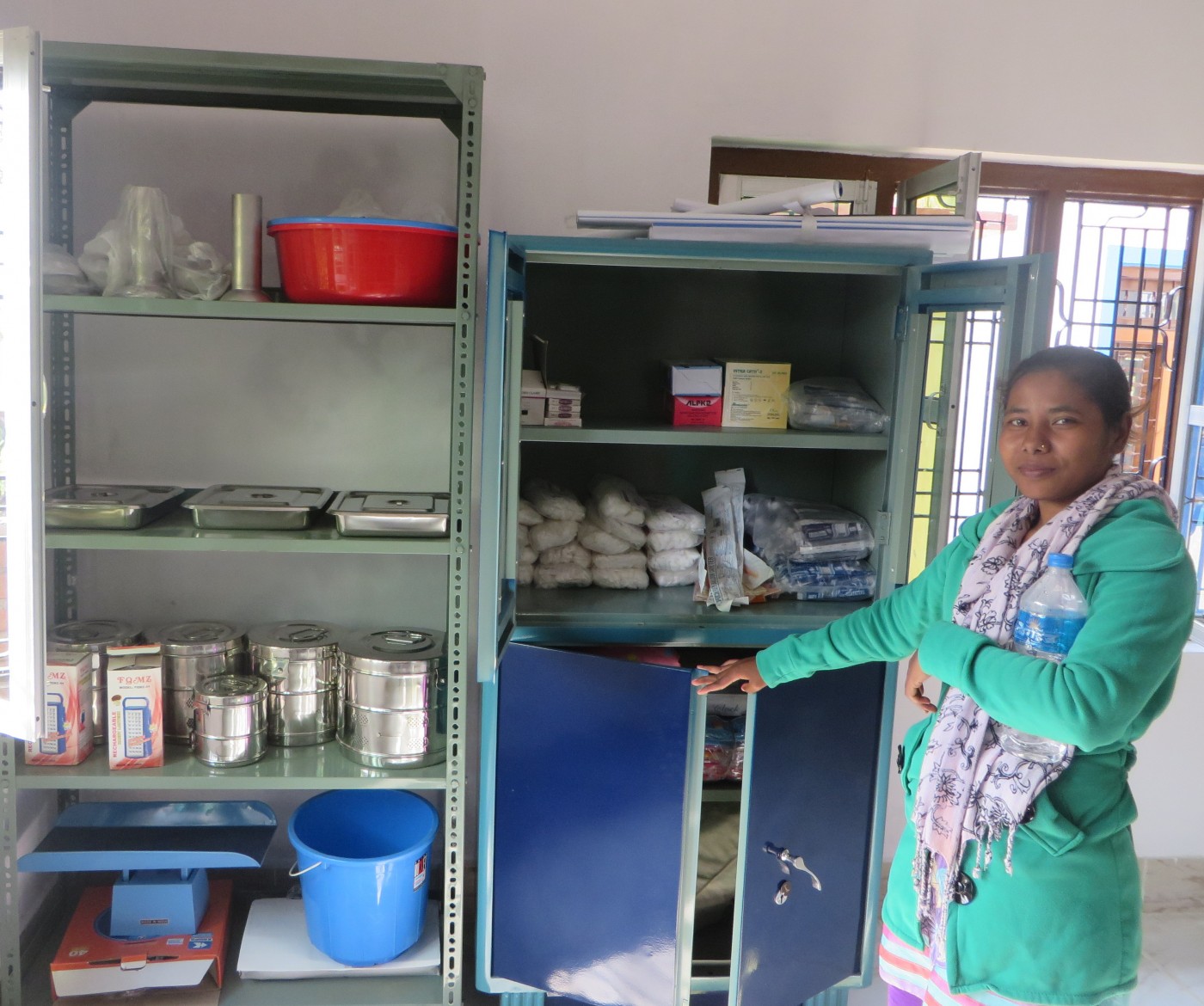












 New Nepal scoping review on maternal & neonatal health
New Nepal scoping review on maternal & neonatal health Fourth INRC Symposium: From Clinical Applications to Neuro-Inspired Computation
Fourth INRC Symposium: From Clinical Applications to Neuro-Inspired Computation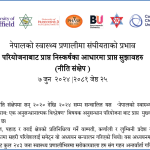 Writing policy briefs
Writing policy briefs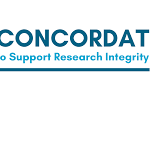 Upholding Excellence: The Concordat to Support Research Integrity
Upholding Excellence: The Concordat to Support Research Integrity ECR Funding Open Call: Research Culture & Community Grant – Application Deadline Friday 12 December
ECR Funding Open Call: Research Culture & Community Grant – Application Deadline Friday 12 December MSCA Postdoctoral Fellowships 2025 Call
MSCA Postdoctoral Fellowships 2025 Call ERC Advanced Grant 2025 Webinar
ERC Advanced Grant 2025 Webinar Horizon Europe Work Programme 2025 Published
Horizon Europe Work Programme 2025 Published Horizon Europe 2025 Work Programme pre-Published
Horizon Europe 2025 Work Programme pre-Published Update on UKRO services
Update on UKRO services European research project exploring use of ‘virtual twins’ to better manage metabolic associated fatty liver disease
European research project exploring use of ‘virtual twins’ to better manage metabolic associated fatty liver disease